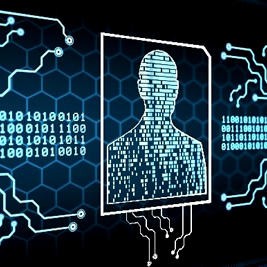
07 Jan Digital identity
A digital identity is information on an entity used by computer systems to represent an external agent. That agent may be a person, organization, application, or device. ISO/IEC 24760-1 defines identity as “set of attributes related to an entity”.
The information contained in a digital identity allows for assessment and authentication of a user interacting with a business system on the web, without the involvement of human operators. Digital identities allow our access to computers and the services they provide to be automated, and make it possible for computers to mediate relationships.
The term “digital identity” also denotes certain aspects of civil and personal identity that have resulted from the widespread use of identity information to represent people in an acceptable trusted digital format in computer systems.
Digital identity is now often used in ways that require data about persons stored in computer systems to be linked to their civil, or national, identities. Furthermore, the use of digital identities are now so widespread that many discussions refer to “digital identity” as the entire collection of information generated by a person’s online activity. This includes usernames and passwords, online search activities, birth date, social security, and purchasing history. Especially where that information is publicly available and not anonymized, and can be used by others to discover that person’s civil identity. In this wider sense, a digital identity is a version, or facet, of a person’s social identity. This may also be referred to as online identity.
The legal and social effects of digital identity are complex and challenging.


No Comments